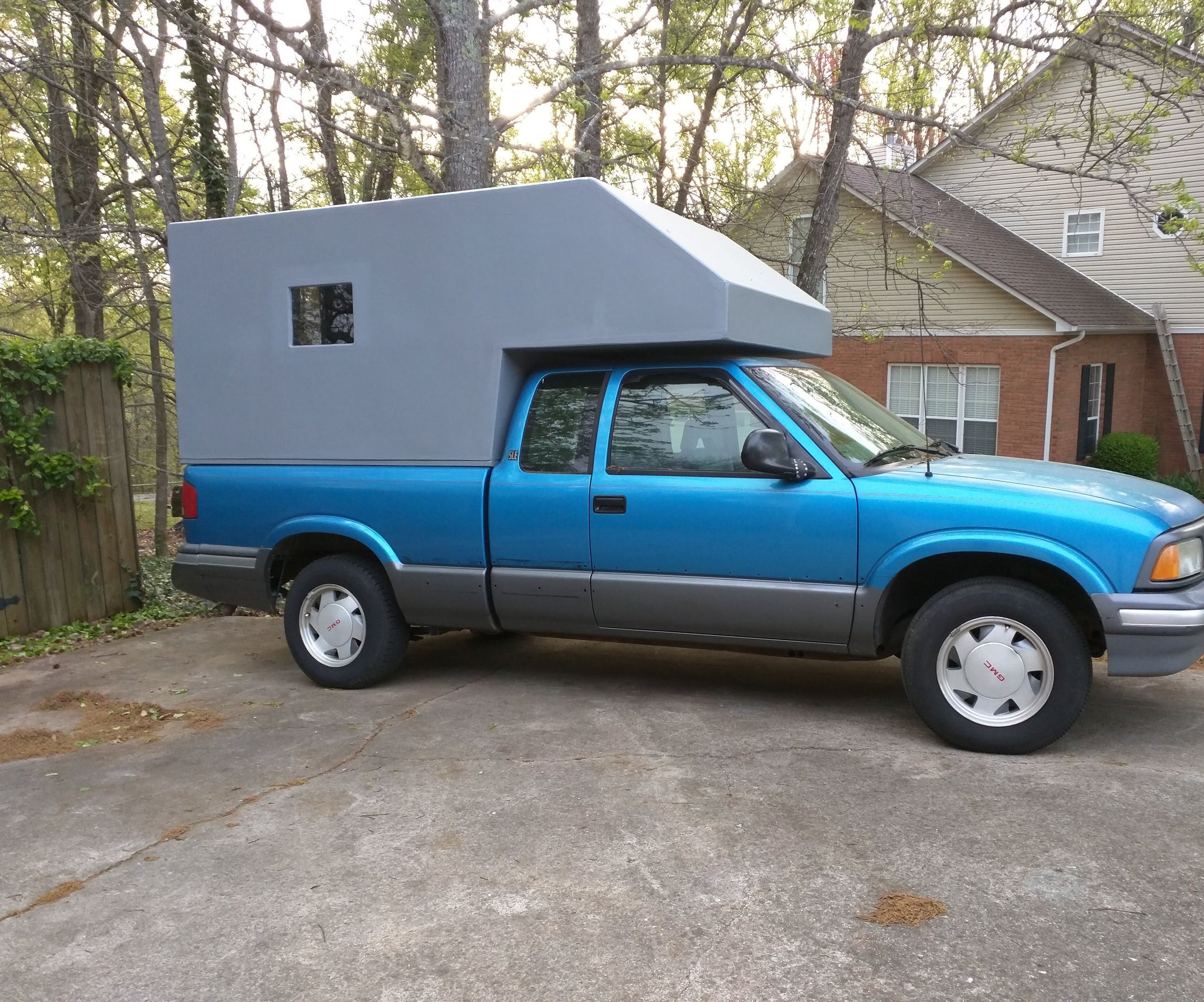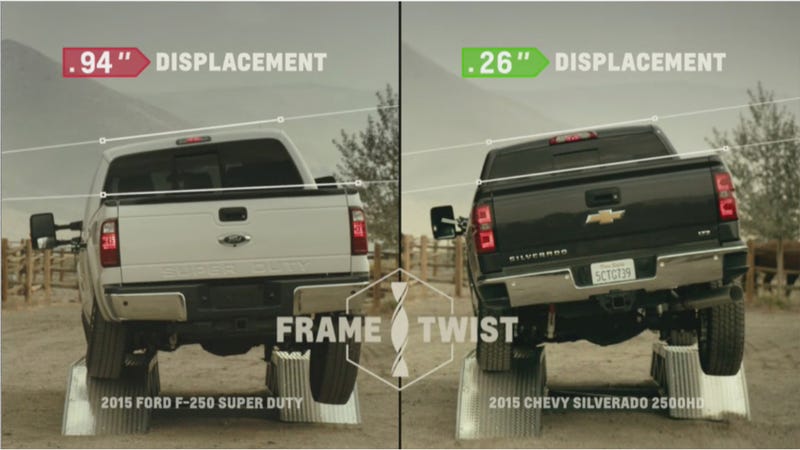Hi all,
My name is Taylor. Been lurking here for a couple of years. I own a 2002 Frontier -- Crew cab, long bed, V-6, 4x4 with 120k miles. I have been losing sleep recently due to some mid-build concerns. I greatly appreciate and want to thank in advance anyone who reads and chooses to give me their time. Here we go...
SUMMARY
- I have put a lot of time and money into the truck, including a full suite of component replacements, timing belt, and full brake rebuild. I'm now concerned that I have the wrong truck for my intended use.
- PURPOSE: Dedicated home / surf adventure vehicle, based in SF/Bay area, for a 3 year period
TWO MAIN CONCERNS -- Payload, and 3" suspension lift being a bad idea
- My final design, which is as simplified as I am willing to go, is pushing the limits of GVWR.
*NOTE: Design has removed backseat and assumes 300 lbs for passenger*
- Truck payload: 1050 lbs
- Riding solo: 75 lbs under (93%)
- With passenger (300 lbs, backseat removed): 225 lbs over (121%)
- The truck came with an ARB front bumper, and I have the original bumper. I could get rid of the ARB and recover ~150 lbs, conservatively. (I decided to not have a winch because of weight concerns. I will keep a 48" Hi-Lift Extreme, recovery ropes, Maxtrax, shovel, and hatchet onboard.)
Removing the bumper would change my stats in the following way:
- Truck payload: 1050 lbs
- Riding solo: 225 lbs under (79%)
- With passenger (300 lbs): 75 lbs over (107%)
- The truck came with a 3" Automotive Customizers heavy duty suspension lift. It's trashed. I ordered and took delivery of a replacement kit last Wednesday. I'm now concerned that lifting the truck is a bad idea, and am considering taking whatever penalties necessary and just beefing up the suspension, without lifting it. Appreciate experienced/knowledgeable opinions on this.
*For the record* Lift kit includes heavy duty rear springs, heavy duty torsion bars (30% increased spring rate), Bilstein 5100 shocks, and a Bilstein steering stabilizer.
I have seen it said that the kit increases payload capacity by 500 lbs, but I know better now than to take that claim at face value.
The truck also currently has 265/70/r16 mud tires -- 31.7" -- I plan to swap over to AT's at some point. I like the tire size and I am pretty sure I could keep it without the lift.
SO...
Do I have the wrong truck? Seems that when I lay it out, the obvious thing to do would be to forego the lift, beef up the suspension, proceed with the build, and then remove the ARB bumper when it's all done, if it seems like it needs it.
HOWEVER, I will keep the weight low, and I *like* the lift. I will be driving the truck on the beach and could use the clearance. And regarding center of gravity, the water tank is undercarriage-mounted and the battery is on the rear floor. All heavy gear in truck bed is under a wheel-well mounted wood platform (my bed). The one high load will be a permanent 150 lbs on the roof (surfboards and solar panels). This is unavoidable.
THANK YOU for reading and commenting. My mechanic is set to install the suspension on Wednesday, so your timely responses are VERY appreciated.
-Taylor




